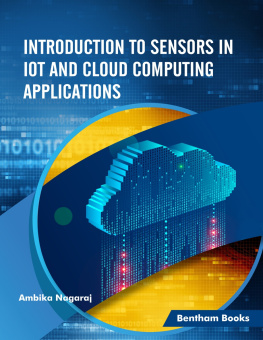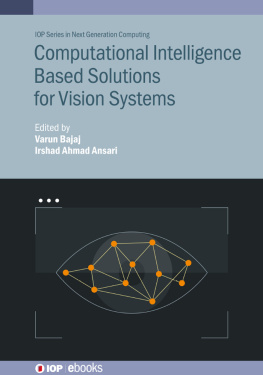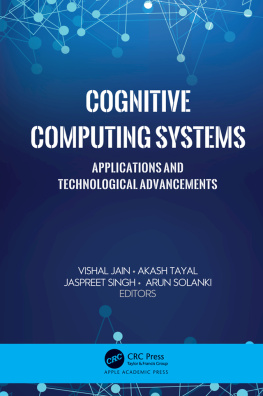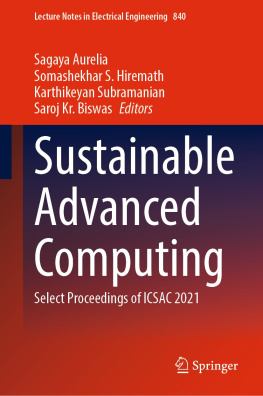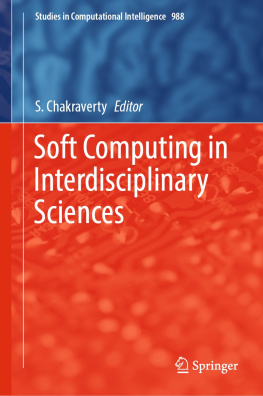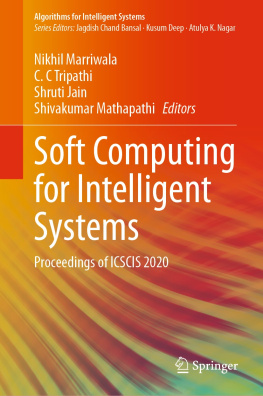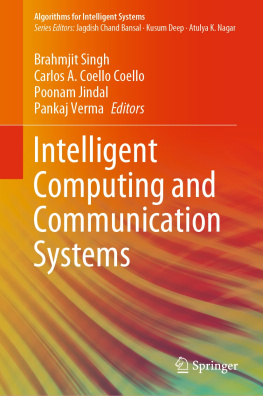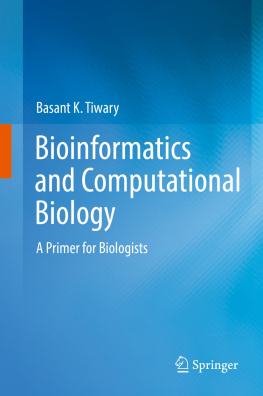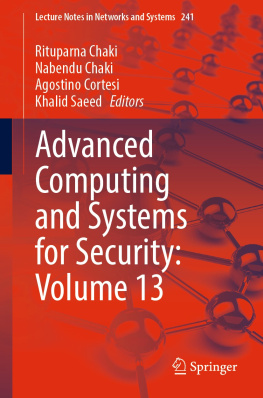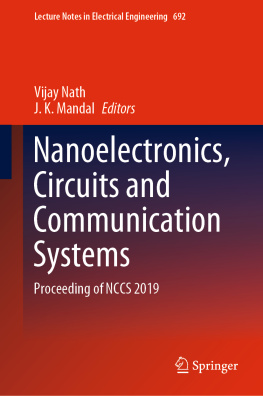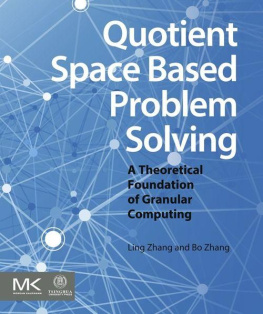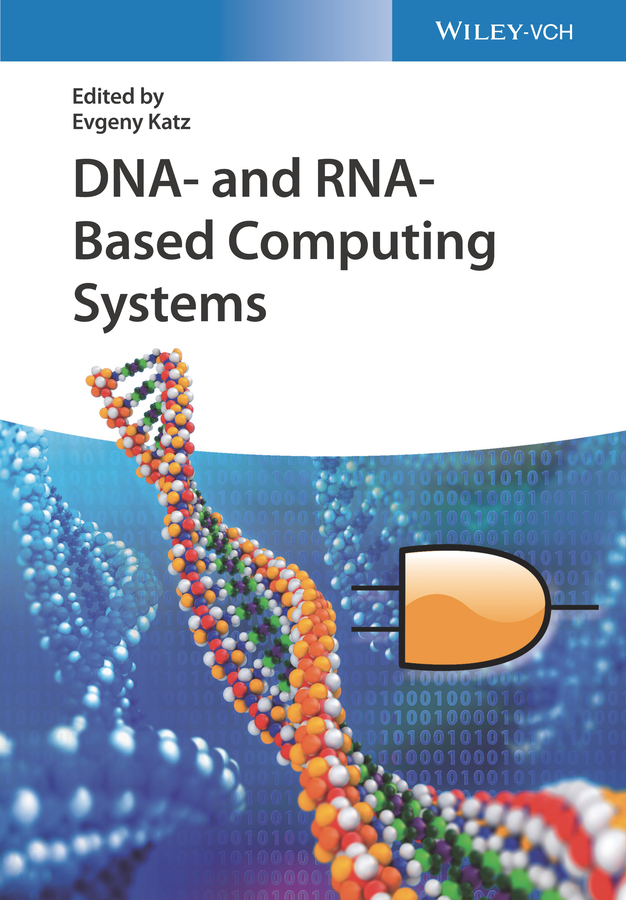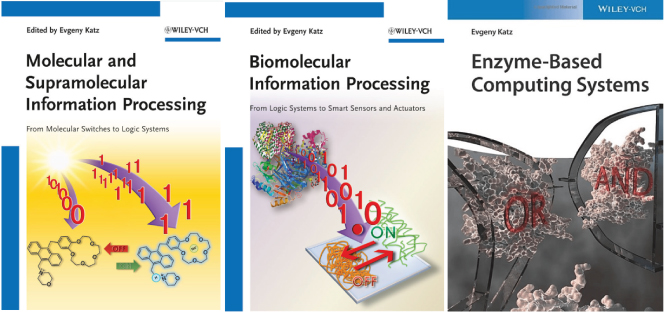Evgeny Katz - DNA- and RNA-Based Computing Systems
Here you can read online Evgeny Katz - DNA- and RNA-Based Computing Systems full text of the book (entire story) in english for free. Download pdf and epub, get meaning, cover and reviews about this ebook. year: 2021, publisher: John Wiley & Sons, genre: Children. Description of the work, (preface) as well as reviews are available. Best literature library LitArk.com created for fans of good reading and offers a wide selection of genres:
Romance novel
Science fiction
Adventure
Detective
Science
History
Home and family
Prose
Art
Politics
Computer
Non-fiction
Religion
Business
Children
Humor
Choose a favorite category and find really read worthwhile books. Enjoy immersion in the world of imagination, feel the emotions of the characters or learn something new for yourself, make an fascinating discovery.

- Book:DNA- and RNA-Based Computing Systems
- Author:
- Publisher:John Wiley & Sons
- Genre:
- Year:2021
- Rating:5 / 5
- Favourites:Add to favourites
- Your mark:
DNA- and RNA-Based Computing Systems: summary, description and annotation
We offer to read an annotation, description, summary or preface (depends on what the author of the book "DNA- and RNA-Based Computing Systems" wrote himself). If you haven't found the necessary information about the book — write in the comments, we will try to find it.
Discover the science of biocomputing with this comprehensive and forward-looking new resource
DNA- and RNA-Based Computing Systems delivers an authoritative overview of DNA- and RNA-based biocomputing systems that touches on cutting-edge advancements in computer science, biotechnology, nanotechnology, and materials science. Accomplished researcher, academic, and author Evgeny Katz offers readers an examination of the intersection of computational, chemical, materials, and engineering aspects of biomolecular information processing.
A perfect companion to the recently published Enzyme-Based Computing by the same editor, the book is an authoritative reference for those who hope to better understand DNA- and RNA-based logic gates, multi-component logic networks, combinatorial calculators, and related computational systems that have recently been developed for use in biocomputing devices.
DNA- and RNA-Based Computing Systems summarizes the latest research efforts in this rapidly evolving field and points to possible future research foci. Along with an examination of potential applications in biosensing and bioactuation, particularly in the field of biomedicine, the book also includes topics like:
- A thorough introduction to the fields of DNA and RNA computing, including DNA/enzyme circuits
- A description of DNA logic gates, switches and circuits, and how to program them
- An introduction to photonic logic using DNA and RNA
- The development and applications of DNA computing for use in databases and robotics
Perfect for biochemists, biotechnologists, materials scientists, and bioengineers, DNA- and RNA-Based Computing Systems also belongs on the bookshelves of computer technologists and electrical engineers who seek to improve their understanding of biomolecular information processing. Senior undergraduate students and graduate students in biochemistry, materials science, and computer science will also benefit from this book.
Evgeny Katz: author's other books
Who wrote DNA- and RNA-Based Computing Systems? Find out the surname, the name of the author of the book and a list of all author's works by series.

